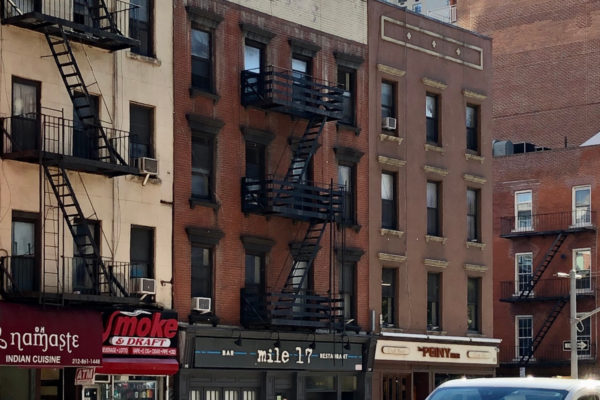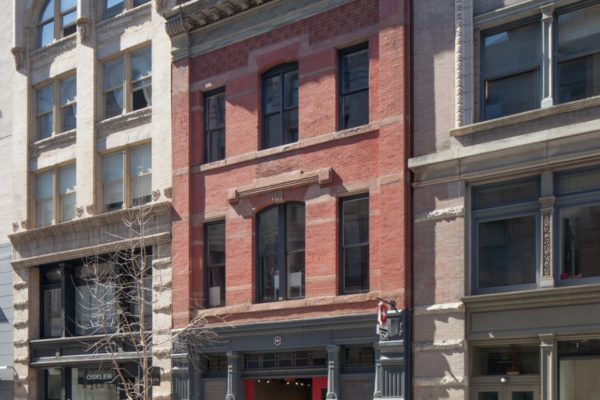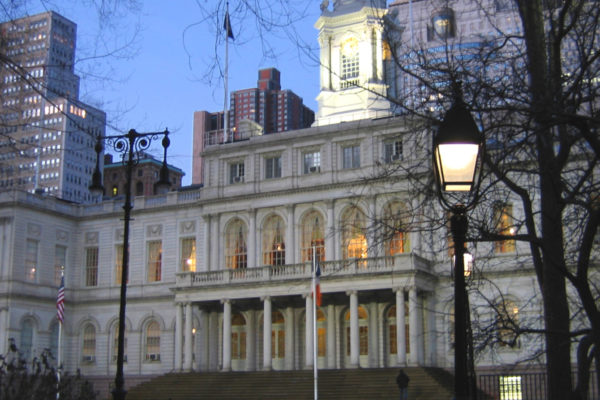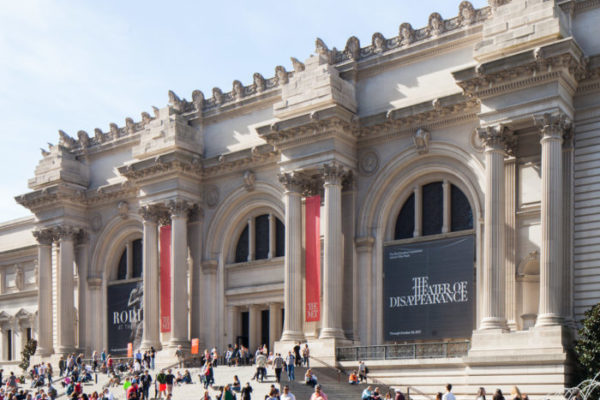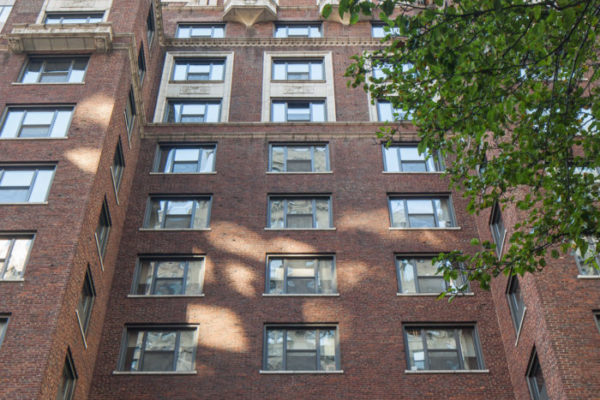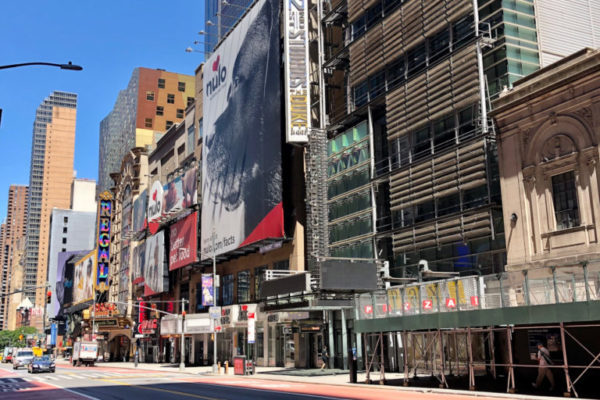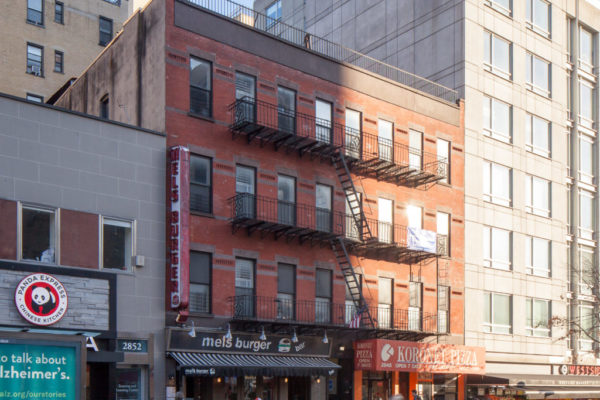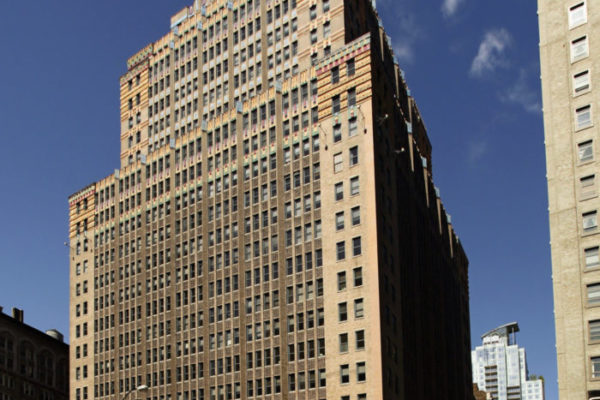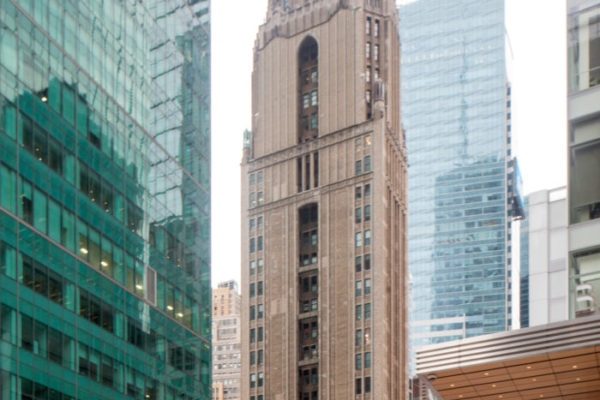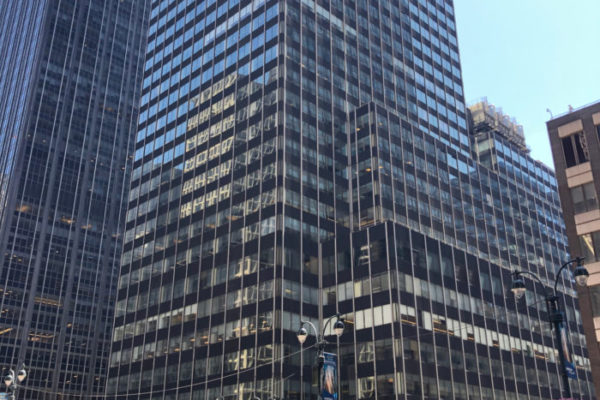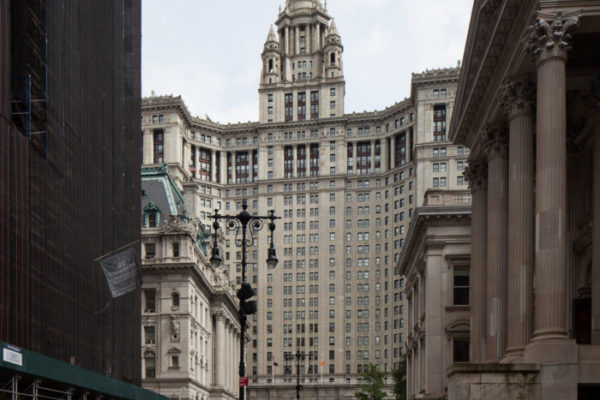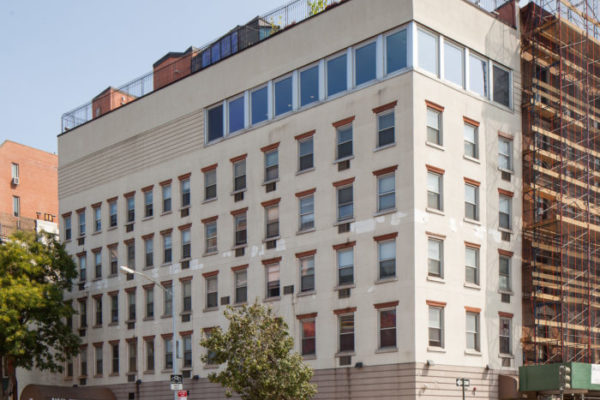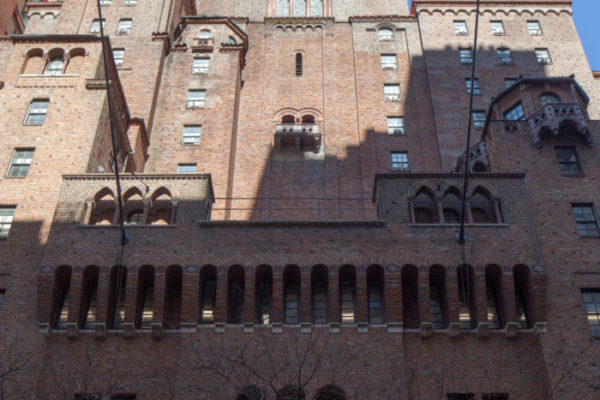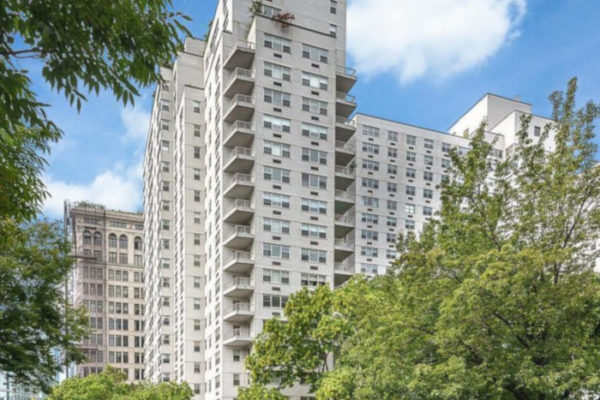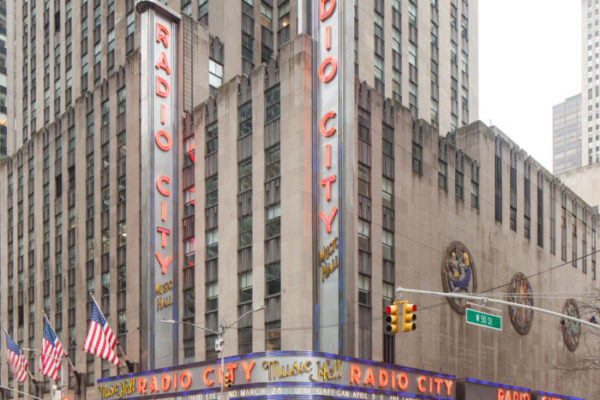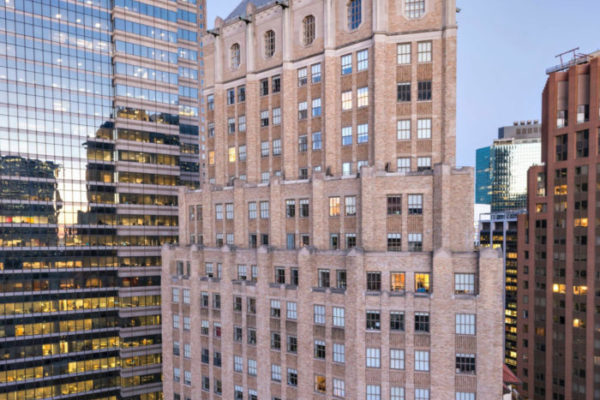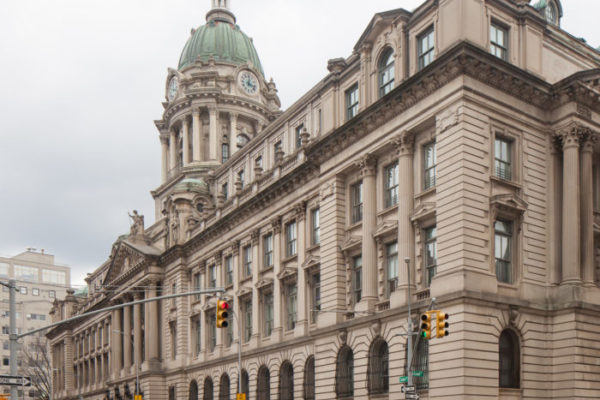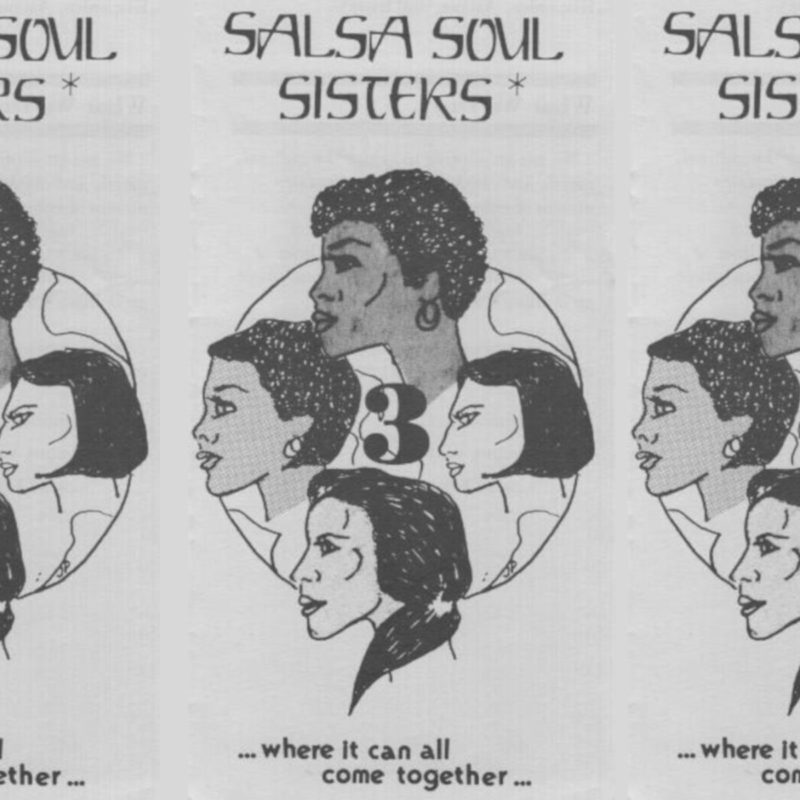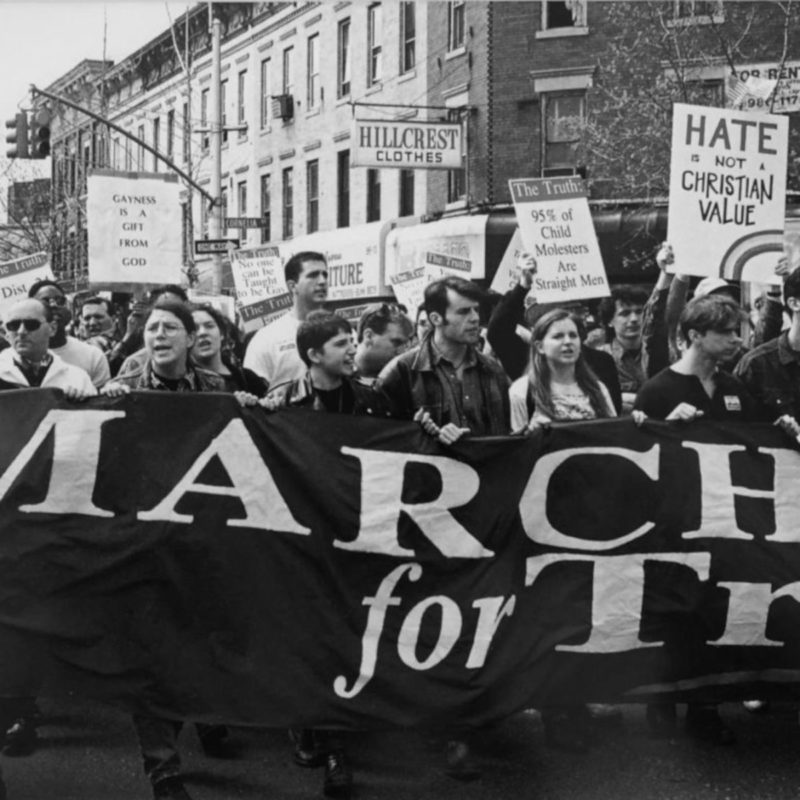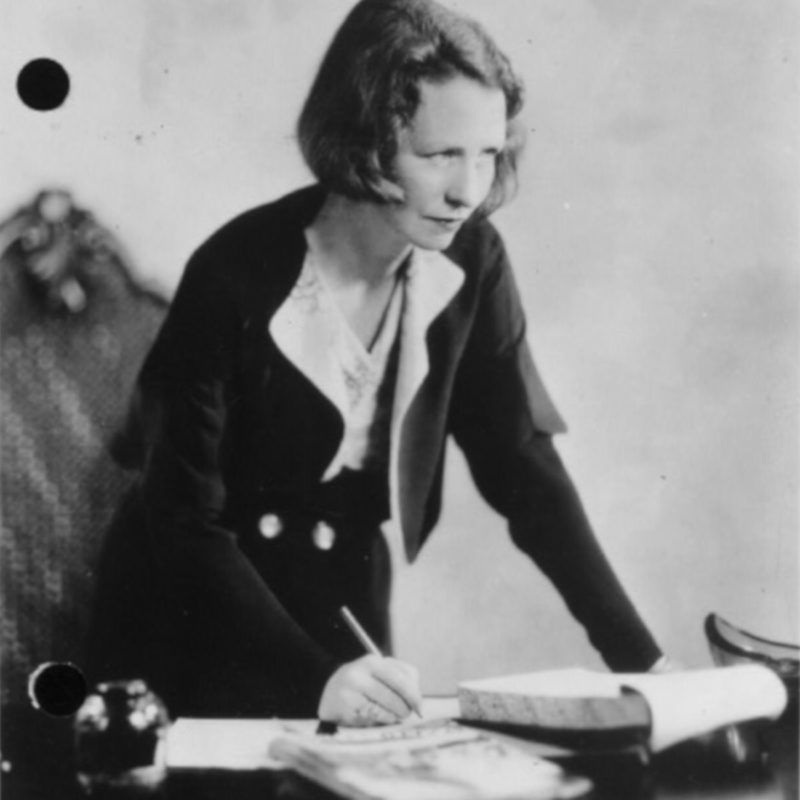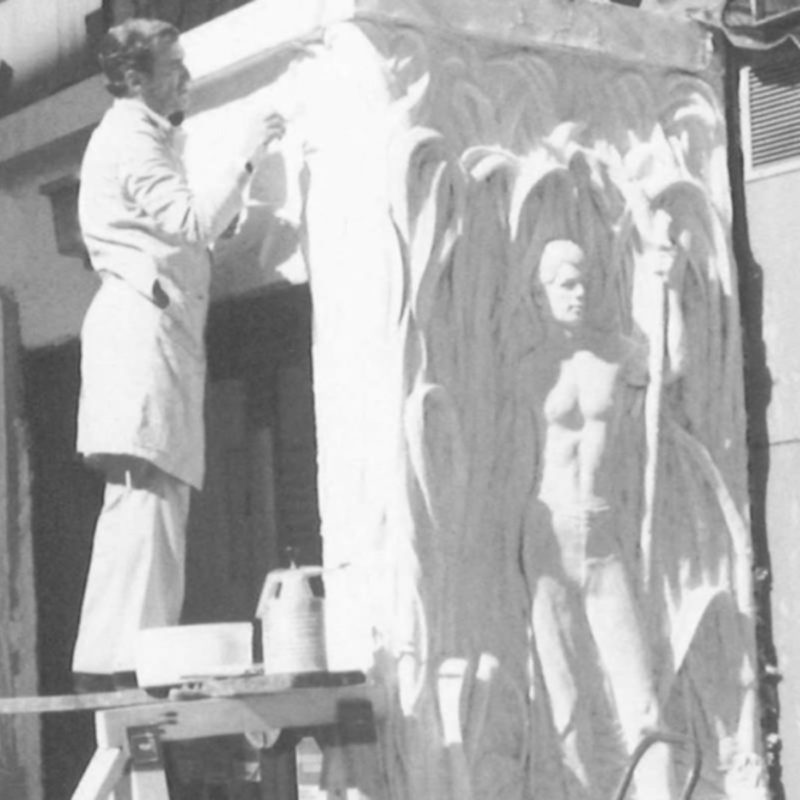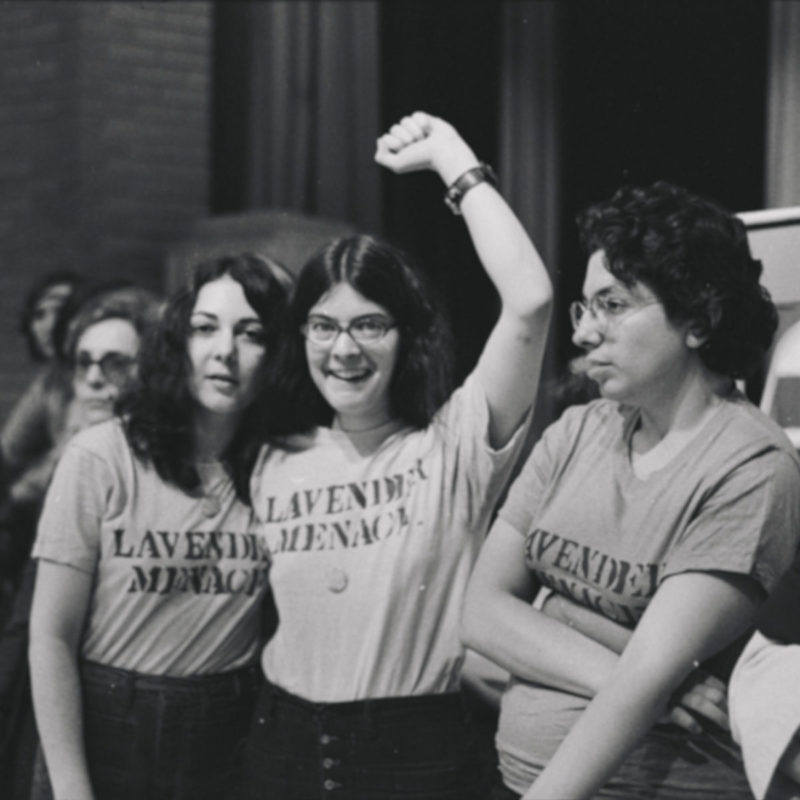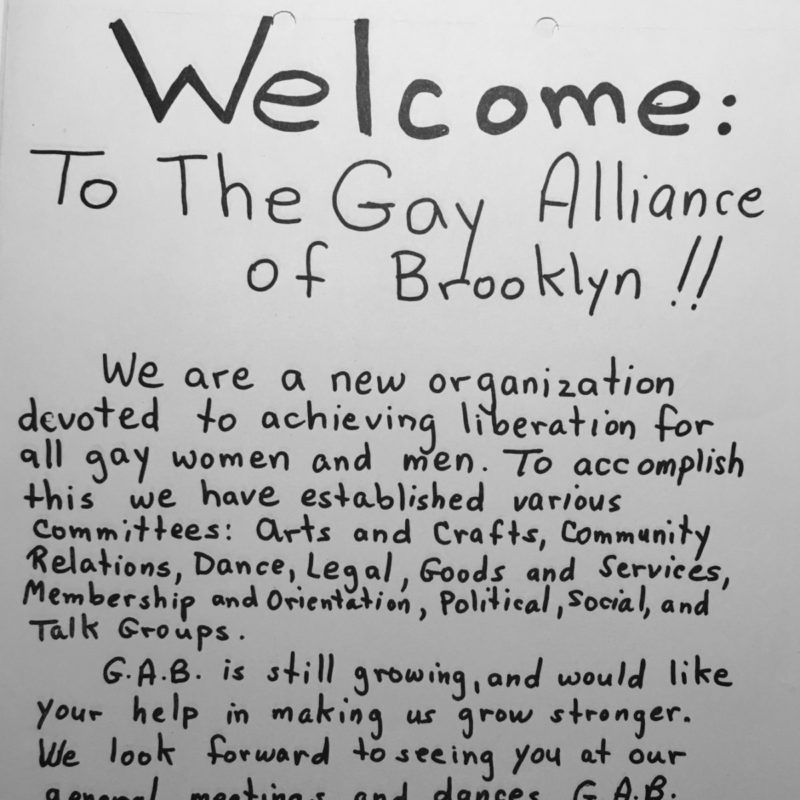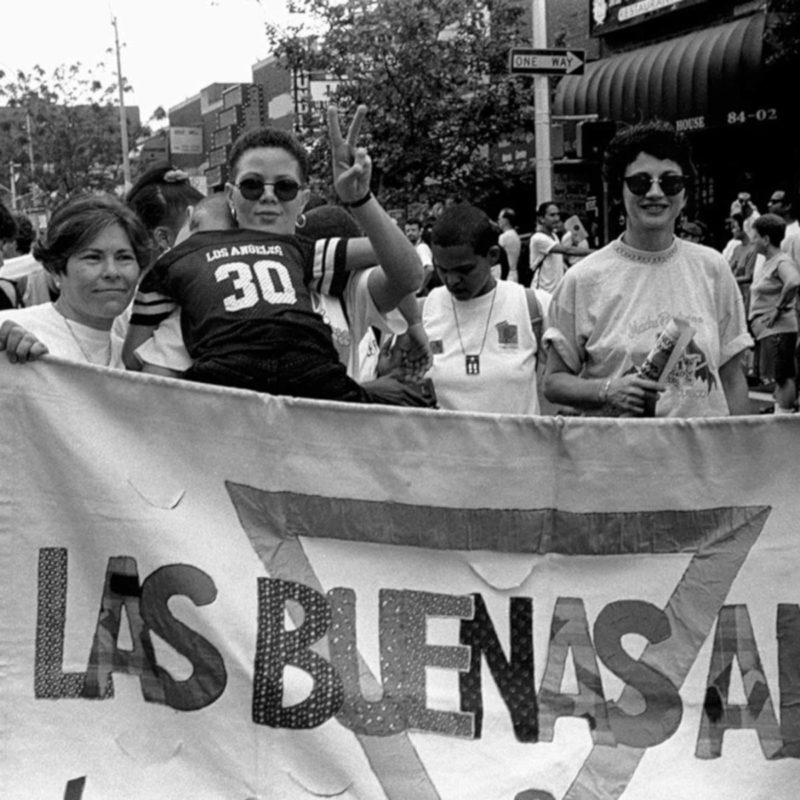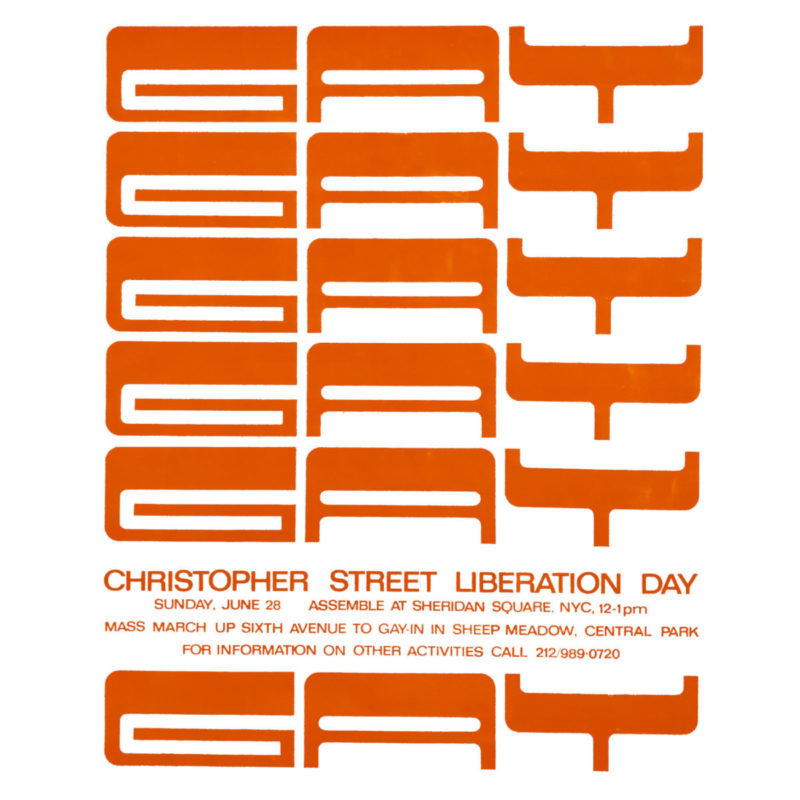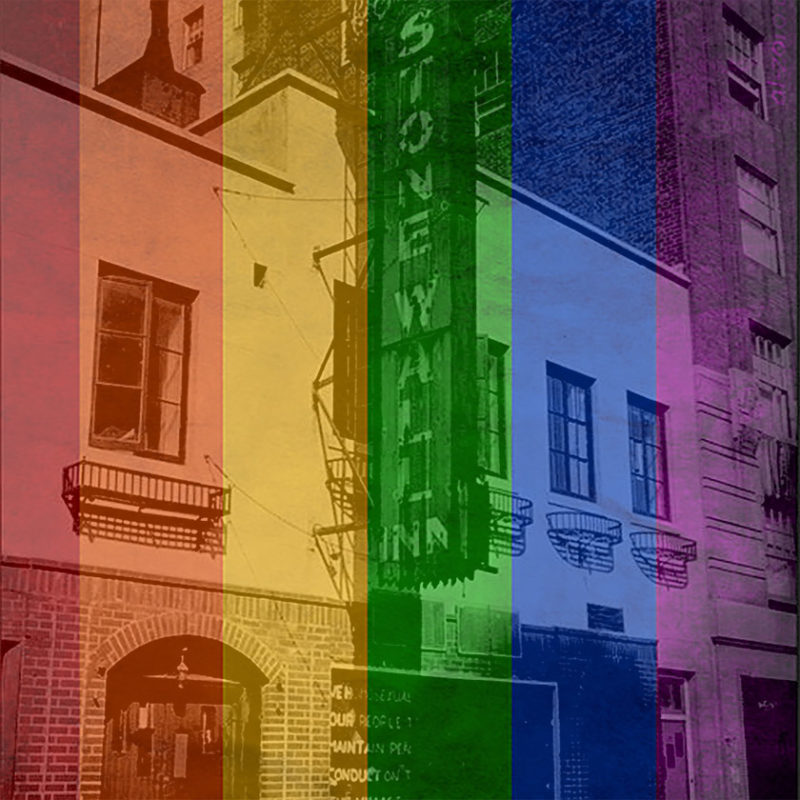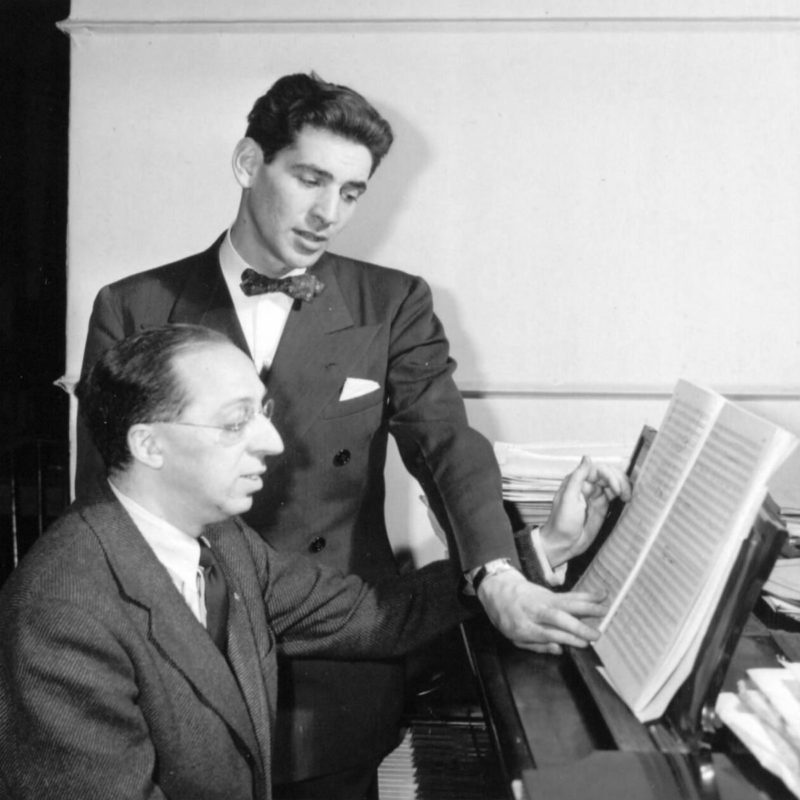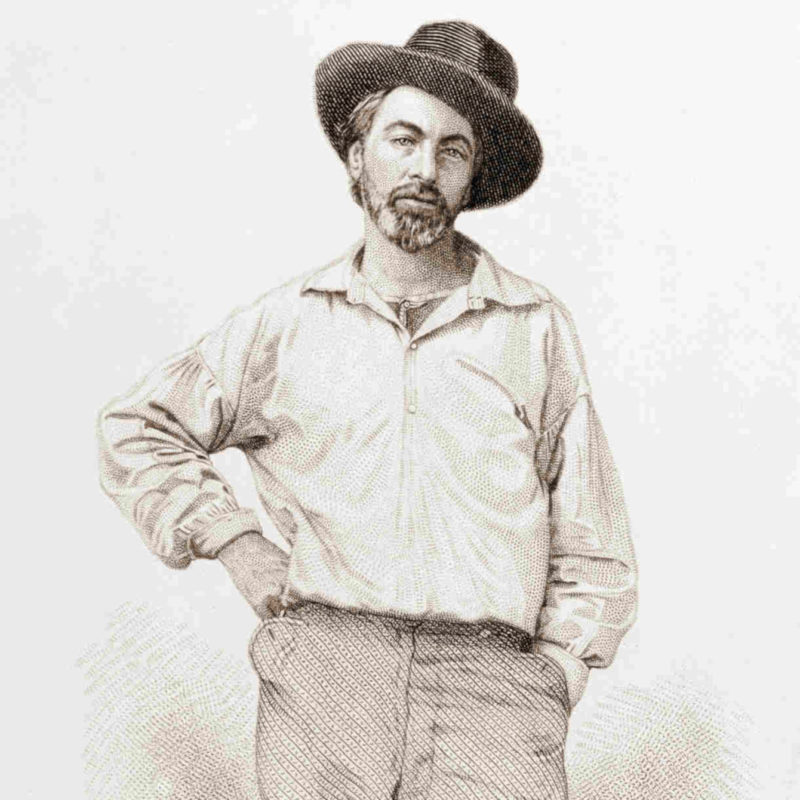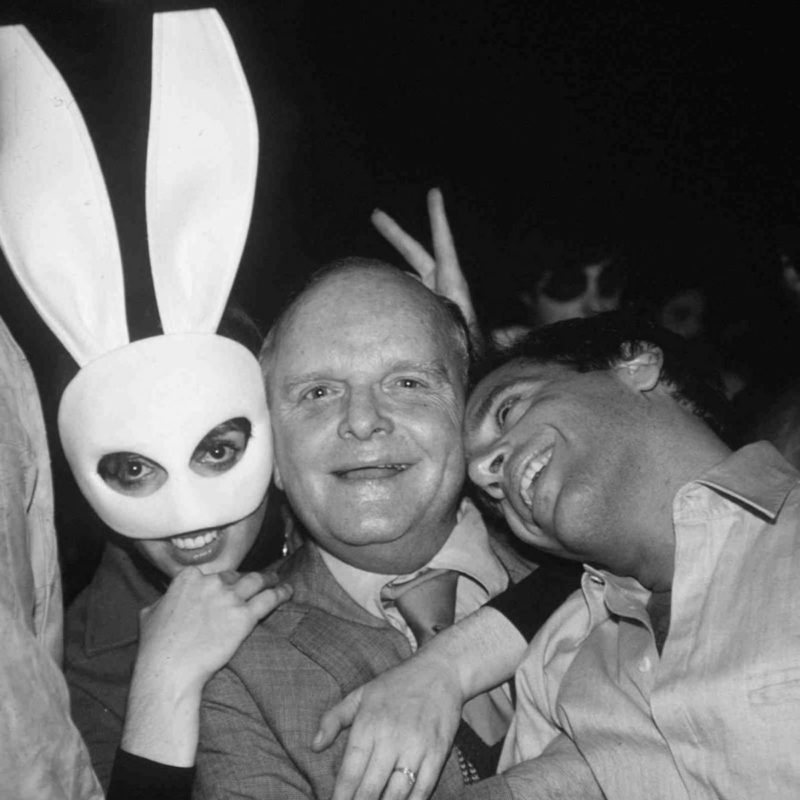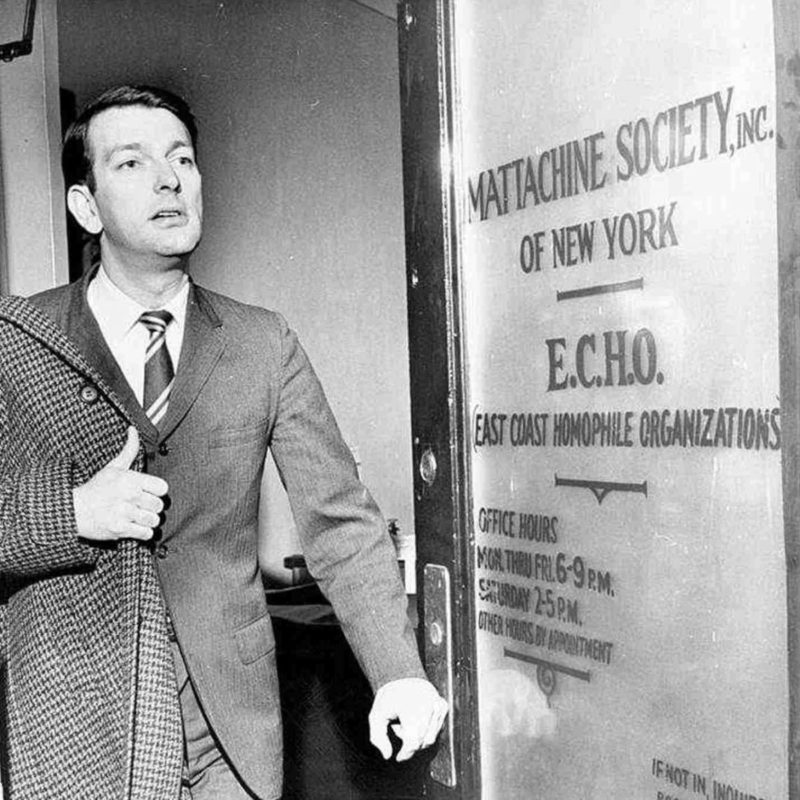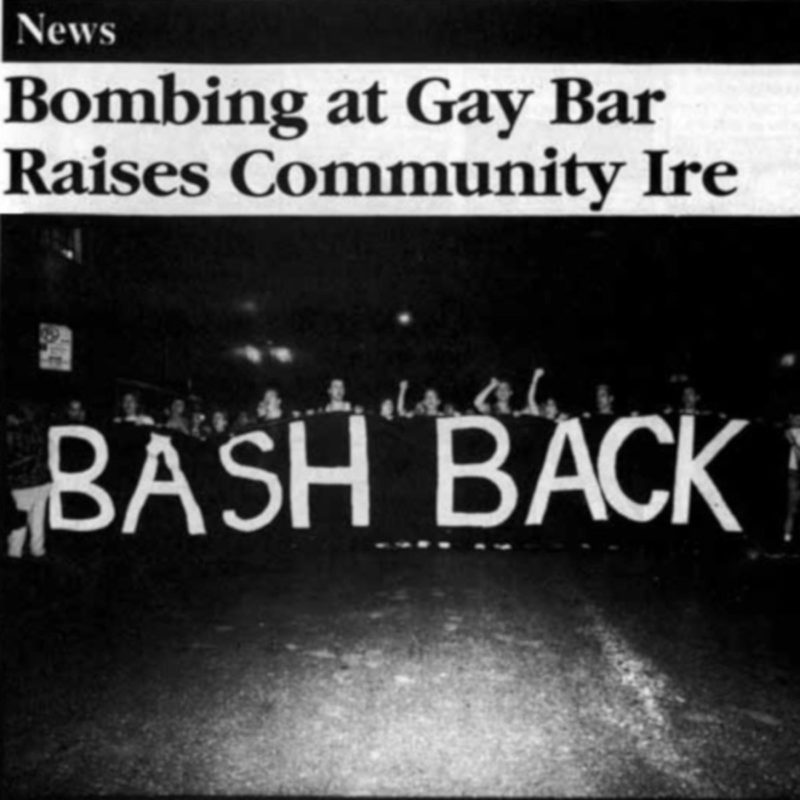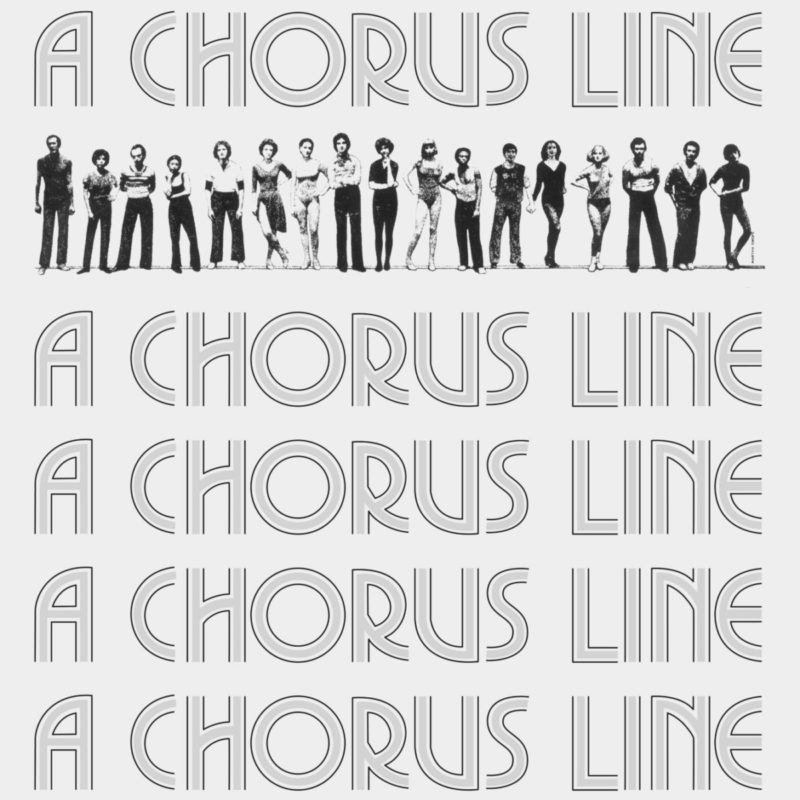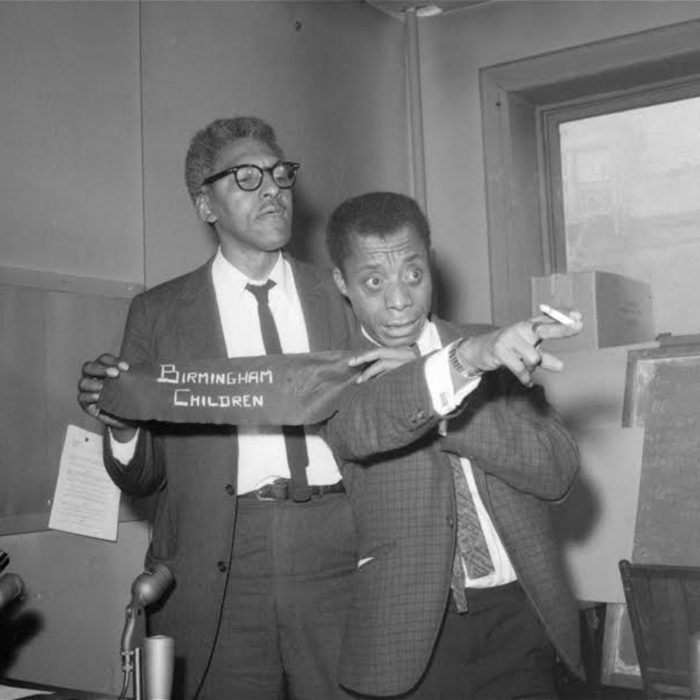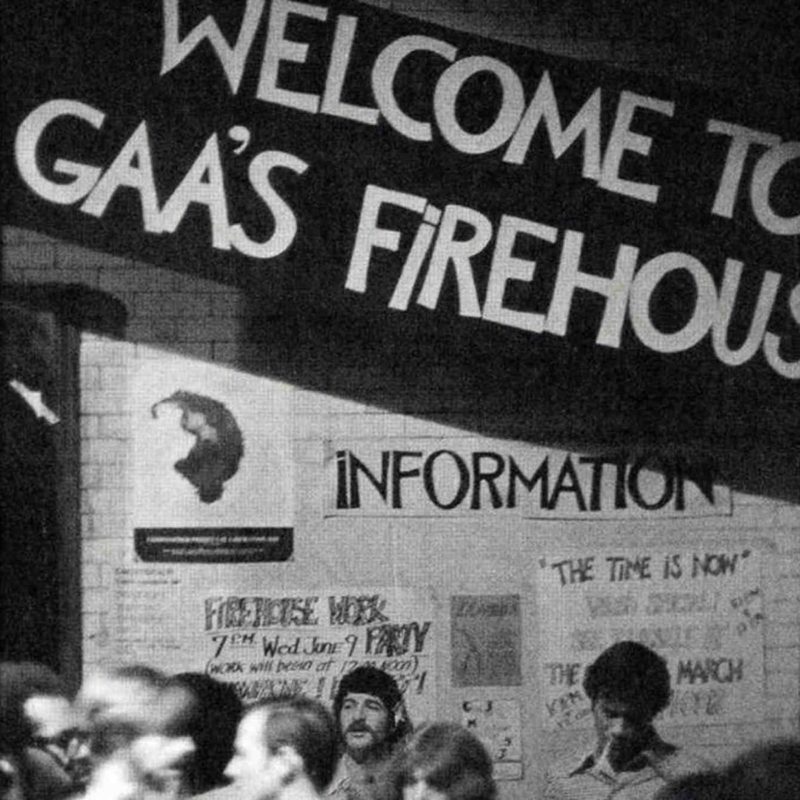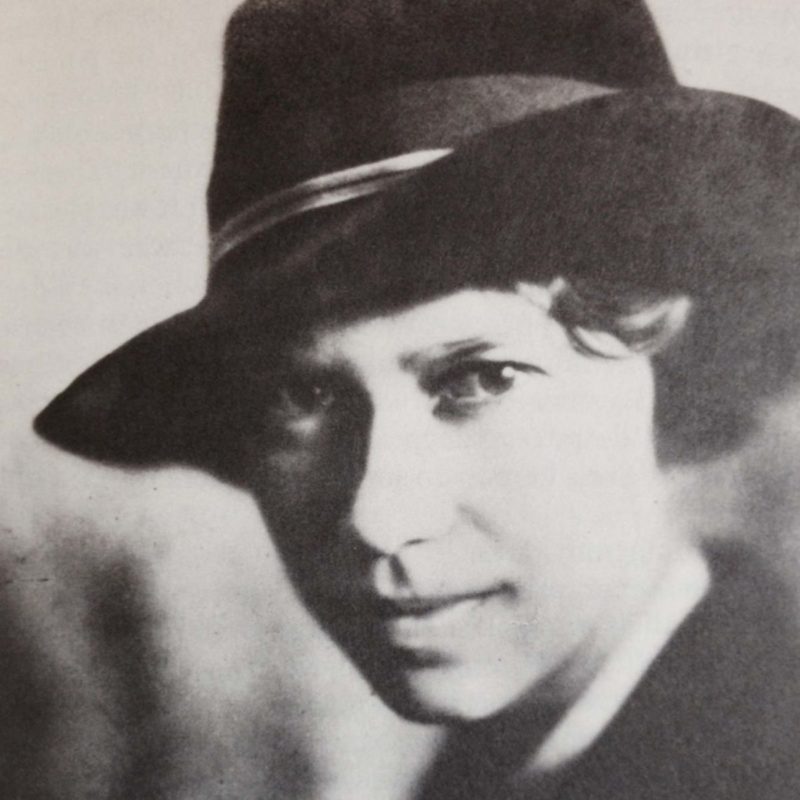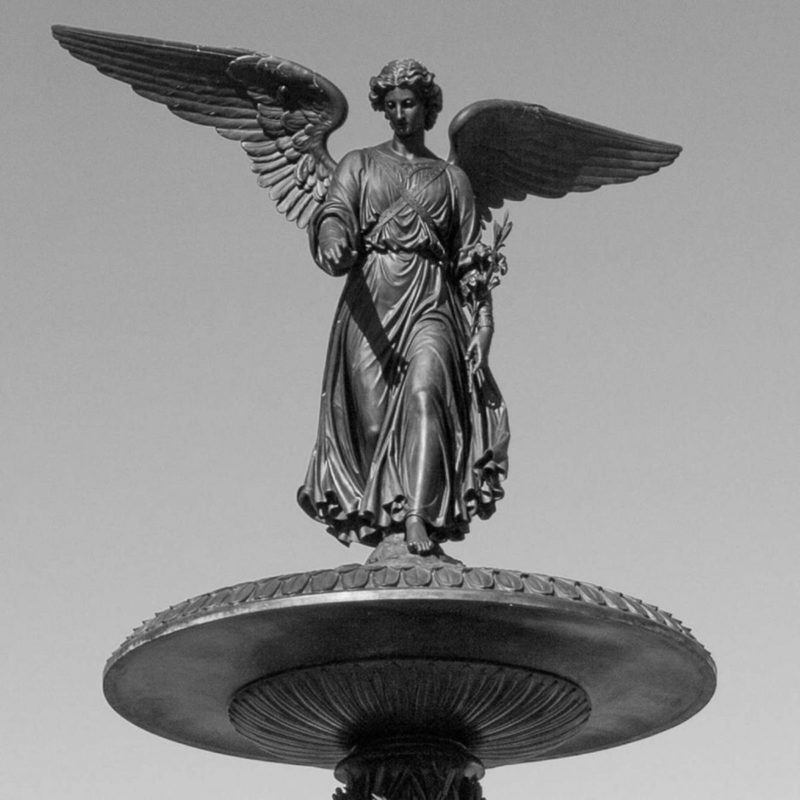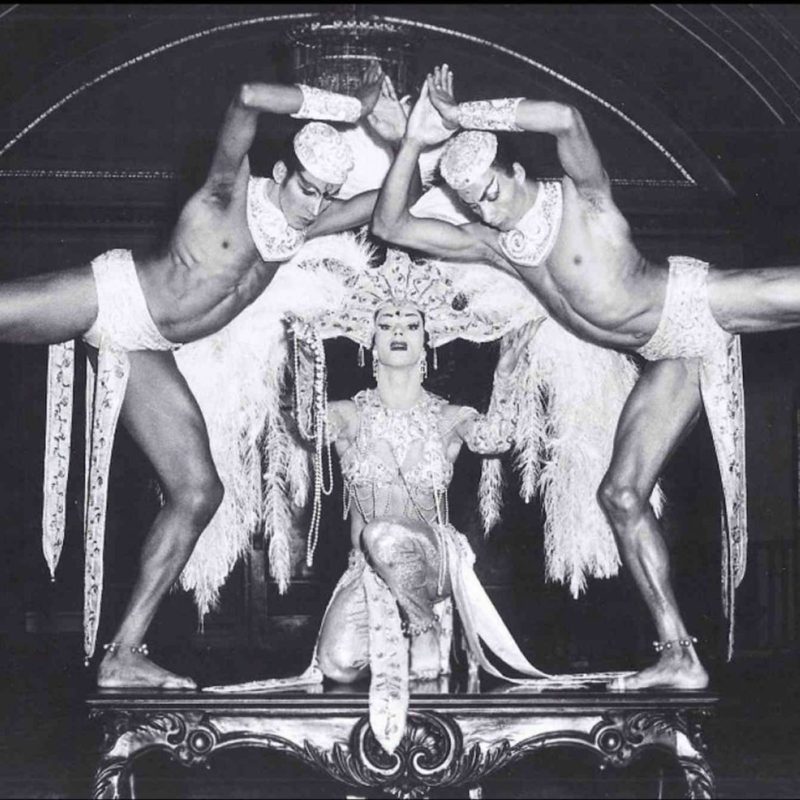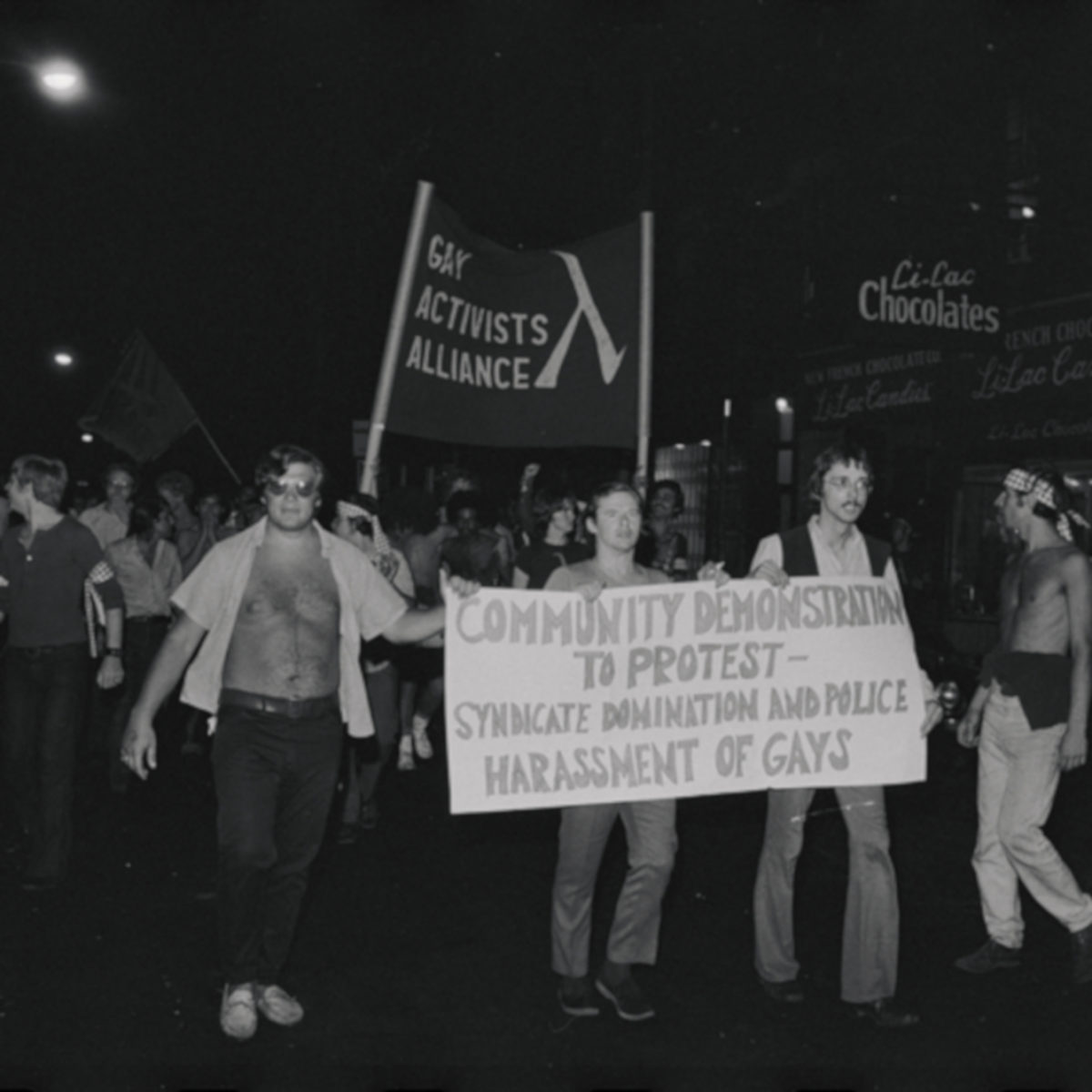
Gay Activists Alliance
overview
The Gay Activists Alliance (GAA) was formed in December 1969 by Jim Owles, Marty Robinson, Arthur Evans, Arthur Bell, and others, who became disaffected by the Gay Liberation Front (GLF), the first LGBT group formed right after Stonewall. Focused exclusively on “the liberation of gay people,” GAA became the most influential American gay liberation activist organization in the early 1970s. While the pickets and actions by earlier homophile groups in the 1960s, like the Mattachine Society’s Sip-In at Julius’, had been peaceful, the post-Stonewall groups, including GAA, GLF, and Radicalesbians, were more confrontational.
The success of the Snake Pit protest on March 8, 1970, organized by GAA and GLF, inspired GAA’s most famous, effective, and imaginative tactic. This was the “zap,” a direct, surprise public confrontation with political figures and corporate and governmental entities regarding gay rights and discrimination, designed to gain gay and straight media attention. Morty Manford and Evans called it “a hybrid of media theatre and political demonstration.” Robinson is generally credited with being the driving force behind GAA’s zaps. These actions were highly focused, coordinated, and targeted, and put a spotlight on the various forms of discrimination suffered by the LGBT community. This model of political activism influenced later LGBT groups, such as ACT UP, with its media-savvy actions.
This curated theme features (in chronological order) 18 of GAA’s significant zaps and other actions during its first three years, among several dozen that the group conducted.
SOURCES
“Marty Robinson,” in Kay Tobin (Lahusen), The Gay Crusaders (New York: PaperBack Library, 1972).
Marc Rubin, “GAA Must Be Restored to History,” Gay Today, July 1999, bit.ly/3hSnKSY.
Morty Manford and Arthur Evans, “The Theory and Practice of Confrontation Tactics, Part 3: How to Zap,” GAY, March 12, 1973, 17.
On the Map
VIEW The Full MapFeatured Historic Sites ( 20 )
The Gay Activists Alliance (GAA) was officially founded in December 1969, after a number of activists left the earlier Gay Liberation Front in November, in order to form an organization... Learn More
The Gay Activists Alliance (GAA) formed in December 1969 and became the most influential American gay liberation political activist organization in the early 1970s. From 1971 to 1974, GAA used this... Learn More
The Gay Activists Alliance held a number of zaps and other actions in City Hall Park from 1970 to 1975 in support of Intro 475 (Clingan-Burden Bill), and its later... Learn More
The first public zap by the Gay Activists Alliance (GAA) occurred on April 13, 1970, in front of the Metropolitan Museum of Art during its 100th anniversary celebration. This began... Learn More
A Gay Activists Alliance (GAA) zap at the headquarters of the New York Republican State Committee in Midtown on June 24, 1970, protested Governor Nelson Rockefeller’s “crime of silence” about... Learn More
A peaceful Times Square protest over recent increased police harassment against the LGBT community in the Greenwich Village and Times Square neighborhoods, on Saturday night, August 29, 1970, was followed... Learn More
The Gay Activists Alliance held a zap in the form of an all-day sit-in of Harper’s Magazine’s offices on October 27, 1970. The publication had printed an insulting homophobic cover essay,... Learn More
On January 18, 1971, the Gay Activists Alliance zap at Fidelifacts of Greater New York, in Times Square, highlighted that investigative agency’s discriminatory polices towards the LGBT community, and the... Learn More
The Gay Activists Alliance held a zap at the Board of Education headquarters in downtown Brooklyn on January 25, 1971, over the issue of discrimination faced by LGBT teachers getting... Learn More
The March 1, 1971, Gay Activists Alliance zap at the Household Finance Corp. was part of its coordinated campaign to spotlight two issues: discrimination against the LGBT community in New... Learn More
The Gay Activists Alliance zapped the Board of Examiners, the agency responsible for the licensing of teachers, in downtown Brooklyn on April 13, 1971. This was GAA’s second zap focusing... Learn More
New York’s City Clerk Herman Katz became incensed over the publicity of a same-sex “illegal marriage” at the Church of the Holy Apostles in April 1971, and threatened legal action.... Learn More
On August 6, 1971, the Gay Activists Alliance held a zap at the West Side YMCA to protest the Y’s discriminatory policies against gay men. Learn More
On September 30 and October 3, 1971, the Gay Activists Alliance zapped the apartment building of Saul Sharison, chair of the City Council’s General Welfare Committee, for taking no action... Learn More
The Gay Activists Alliance (GAA) zapped a presidential campaign fundraiser for Mayor John V. Lindsay on January 25, 1972, after his continual refusal to publicly back a bill before the... Learn More
The Gay Activists Alliance’s April 15, 1972, zap of reporters’ Inner Circle dinner at the New York Hilton Hotel, to protest media handling of LGBT issues, garnered some of the... Learn More
On September 25, 1972, the Gay Activists Alliance zapped the New York City Taxi and Limousine Commission to protest its requirement that LGBT applicants have psychiatric examinations before they could... Learn More
On November 11, 1972, the Gay Activists Alliance led a protest over never-ending police mistreatment of the LGBT community at Police Headquarters downtown. This was said to be the first... Learn More
